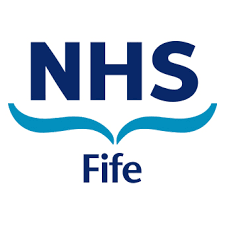Prescribing Good Practice

Hospital Antibiotic Prudent Prescribing Indicator (HAPPI) audits of the standards below will be carried out regularly.
| Documentation | Prescribing standards |
| Inpatient drug chart | 1. Allergy status documented on drug chart 2. Review date or stop date recorded for all prescribed antibiotics |
| Medical notes | 3. Indication or provisional diagnosis documented for all antibiotics on their start date 4. Choice of antibiotic(s) according to UHS guideline or documented valid justification* for off-guideline choice 5. Duration of intravenous antibiotic(s) <48h or within guideline-recommended IV duration 6. Total duration of antibiotic course(s) <7days or within guideline-recommended duration |
| * Justfication may include: culture and sensitivity report; risk of resistant pathogen (healthcare contact, co-morbidity, prior antibiotic exposure, travel history); recommendation by named medical microbiologist / ID doctor; treatment failure of guideline agents; contra-indication to guideline agent(s). | |
Effective antibiotic prescribing - Royal College of Physicians Top Ten Tips 2011
- Institute antibiotic treatment immediately in patients with life-threatening infection.
- Prescribe in accordance with local policies and guidelines, avoiding broad spectrum agents.
- Document in clinical notes indication(s) for antibiotic prescription.
- Send appropriate specimens to the microbiology lab draining pus and removing foreign bodies if indicated.
- Use antimicrobial susceptibility data to de-escalate/substitute/add agents and to switch from intravenous to oral therapy.
- Prescribe the shortest antibiotic course likely to be effective.
- Always select agents to minimise collateral damage (ie selection of multi-resistant bacteria/Clostridium difficile).
- Monitor antibiotic drug levels when relevant (eg. Vancomycin).
- Use single dose antibiotic prophylaxis wherever possible.
- Consult your local infection experts.
